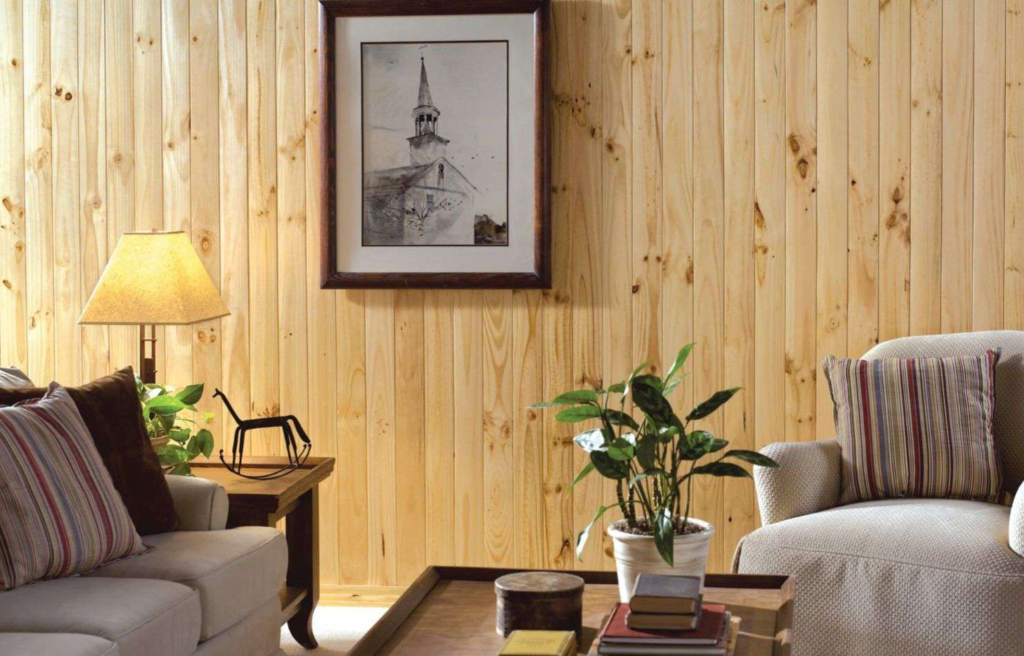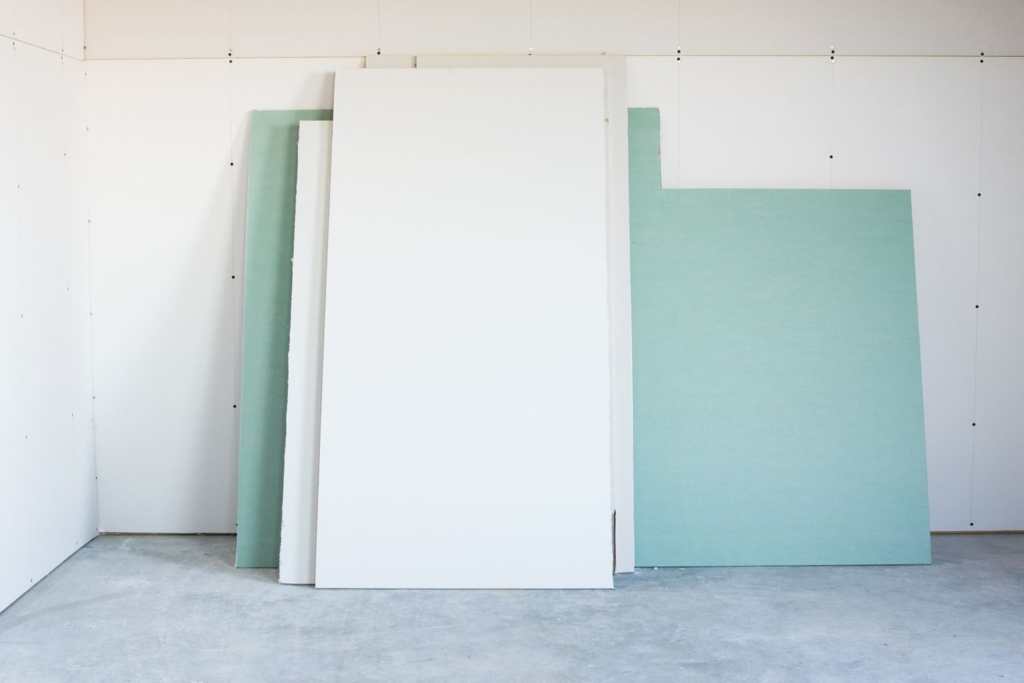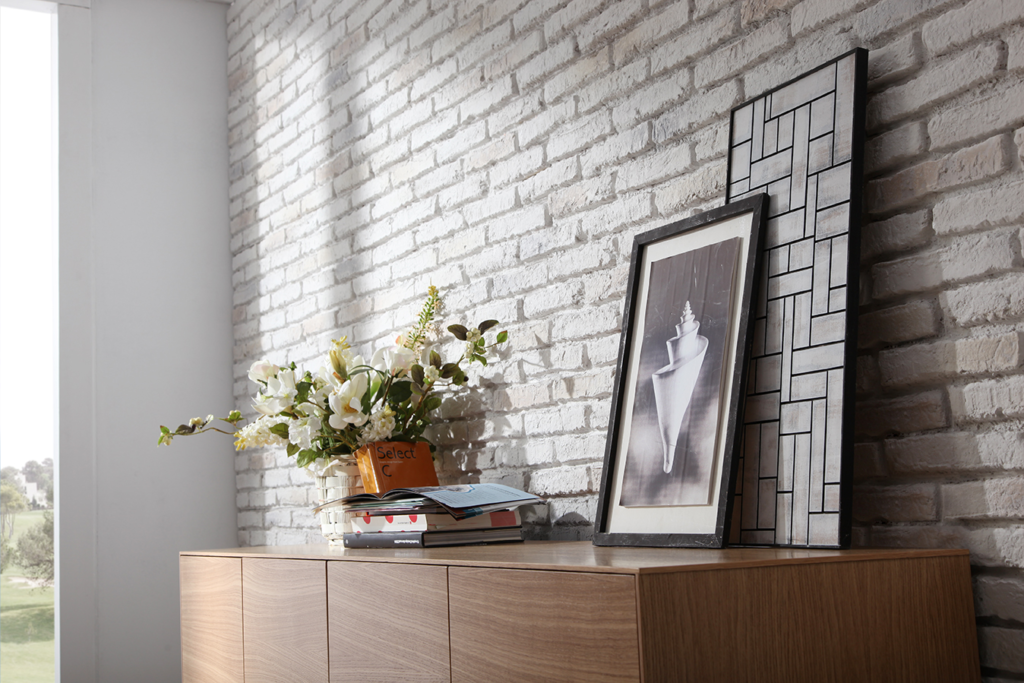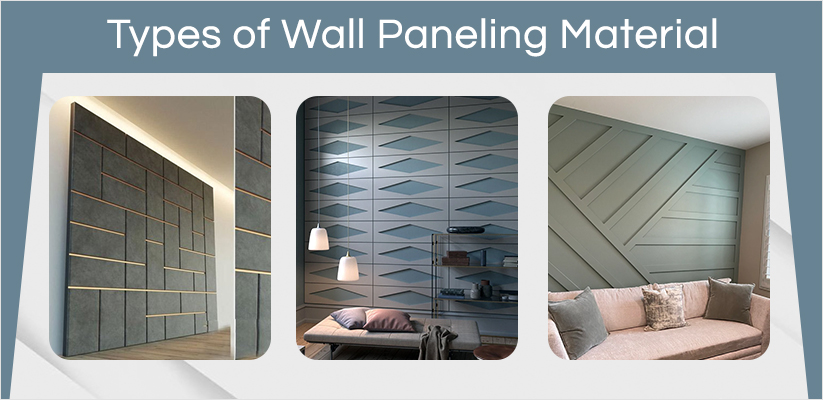Wall paneling is a flexible component of interior design that can alter the appearance and ambiance of a space. It not only enhances aesthetic appeal but also offers practical advantages like insulation and security. There are many options available when it comes to wall paneling materials, each with its own special qualities, benefits, and drawbacks. In this article, we’ll look at 15 popular wall panelling materials and their pros and cons.
1. Wood Paneling

- Description: Wood paneling is a classic choice, available in various species like oak, pine, and cedar.
- Pros: Timeless appeal, natural warmth, and durability.
- Cons: Susceptible to moisture damage, and may require periodic maintenance.
2. Drywall

- Description: Drywall, or gypsum board, is a widely used construction material.
- Pros: Inexpensive, easy to install, and readily available.
- Cons: Vulnerable to moisture, can develop cracks, and requires finishing.
3. MDF (Medium Density Fiberboard)

- Description: MDF panels are made from compressed wood fibers, offering a smooth, uniform surface.
- Pros: Affordable, easy to paint, and versatile.
- Cons: Prone to water damage, not as durable as solid wood.
4. Ceramic Tile Paneling

- Description: Ceramic tiles are applied to walls for a decorative finish.
- Pros: Waterproof, easy to clean, and wide range of designs.
- Cons: Installation may be time-consuming, and grout lines require maintenance.
5. Plywood

- Description: Plywood consists of multiple thin layers of wood glued together.
- Pros: Strong, stable, and cost-effective.
- Cons: Aesthetically plain, visible layers if not covered properly.
6. Reclaimed Wood Paneling

- Description: Reclaimed wood panels use salvaged wood for a rustic look.
- Pros: Sustainability, unique character, and history.
- Cons: Limited availability, potential for pests, and higher cost.
7. Stone Paneling

- Description: Natural or engineered stone veneers, such as marble or faux stone.
- Pros: Luxurious appearance, durability, and heat resistance.
- Cons: Heavy, expensive, and may require professional installation.
8. Fabric Paneling

- Description: Fabric panels feature fabric stretched over wooden or MDF frames.
- Pros: Soft, inviting textures, customizable designs, and sound-absorbing.
- Cons: Can accumulate dust, and stains may be challenging to remove.
9. Brick Paneling

- Description: Simulated brick panels offer the look of real brick.
- Pros: Rustic charm, durability, and fire resistance.
- Cons: Heavy, costly, and installation can be labor-intensive.
10. Acrylic Paneling

- Description: Acrylic panels are made from clear or colored plastic.
- Pros: Sleek, modern appearance, easy to clean, and lightweight.
- Cons: Prone to scratching, less insulation value.
11. Vinyl Paneling

- Description: Vinyl panels are made from synthetic materials.
- Pros: Inexpensive, easy to clean, and moisture-resistant.
- Cons: Not as durable as other options; limited design choices.
12. Gypsum 3D Panels

- Description: Gypsum 3D panels create textured and sculptural wall surfaces.
- Pros: Unique design possibilities, sound-absorbing, and fire-resistant.
- Cons: Fragile, can be expensive, and installation may be complex.
13. Bamboo Paneling

- Description: Bamboo panels offer an eco-friendly option.
- Pros: Sustainable, unique texture, and resistance to pests.
- Cons: Vulnerable to water damage; limited color options.
14. Metal Paneling

- Description: Metal panels like aluminum or steel provide an industrial look.
- Pros: Modern aesthetics, durability, and fire resistance
- Cons: Cold to the touch; may require professional installation.
15. Cork Paneling

- Description: Cork panels are made from the bark of cork oak trees.
- Pros: Natural insulation, sound-absorbing, and eco-friendly.
- Cons: Can fade in sunlight, puncture easily, and have limited styles.
Take into account your budget, personal preferences for style, and the particular requirements of the room when selecting wall panelling materials. Make an informed choice to effectively enhance your interior spaces because each material offers a distinctive blend of aesthetics and functionality. You can also check out other creative articles about home decor here. Enjoy your exploration!

